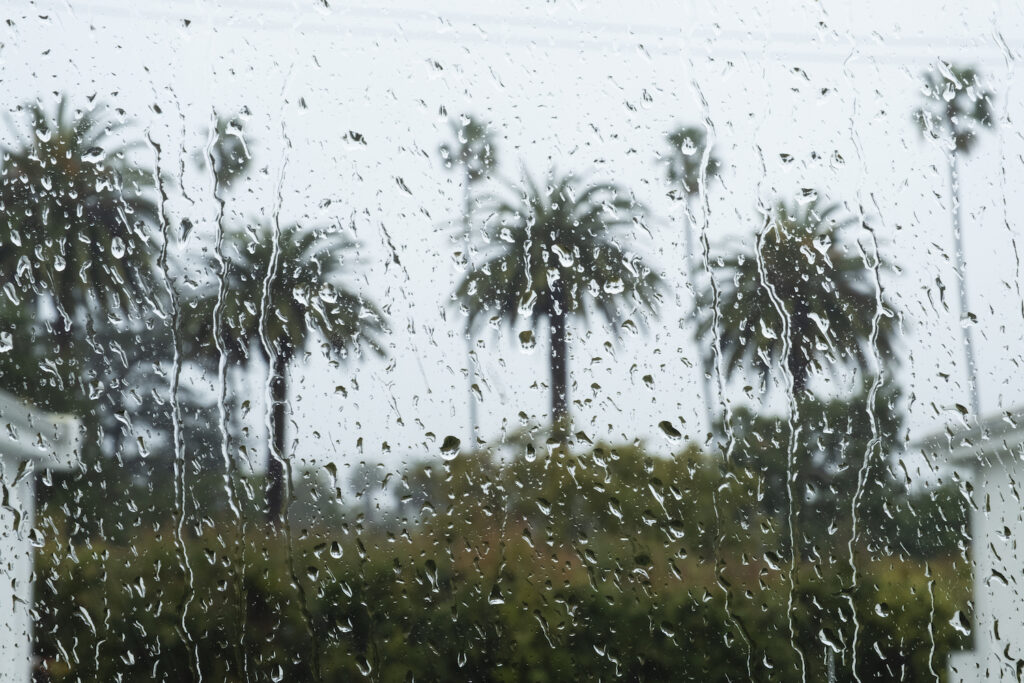Radio Canada just killed winter again. “Forget the snowy winters of your childhood” it proclaimed, on the grounds that the snow depth in Quebec’s largest metropolis is less than in the 1970s and also, satellites suggest, around the province. Awkwardly, it said it while Montreal was buried in snow. But it also took a suspicious starting point, given the cooling trend from around 1940 to 1970 that made your childhood snowier than, say, that of your parents. Indeed, if you check the Canadian government’s own data at yourenvironment.ca and look up Montreal you simply don’t see a warming trend. Oh, and North America as a whole is getting snowier. Abolishing winter, it seems, is tougher than you might think.
There’s a bit of a “pay no attention to that man behind the curtain” quality to RC’s “Don’t be fooled by the near-blizzards we’ve endured in recent weeks” because even Montreal is having the snowy winter of our childhood. But the real statistical legerdemain, or simple ignorance, is the chosen starting point.
Virtually everyone agrees, though some don’t like to talk about it very much, that the 20th century saw a sharp warming from around 1900 to 1940, at which point the Northwest Passage could be transited both ways between 1940 and 1944 by a little wooden RCMP sailing schooner, the St. Roch, the second time in under three months (it was also navigated by Roald Amundsen in 1903-06 in a 70-foot sloop with a crew of six). Then came a significant cooling to 1970, then another warming from 1970 to around 2000.
These trends, incidentally, are hard to reconcile with CO2 as the “Principal Control Knob Governing Earth’s Temperature.” And they mean that anytime someone picks the 1970s as the starting point for a comparison they’re almost guaranteed to get a warming result, even if it’s not indicative of a pattern over a longer time span.
For instance, reliable satellite measurements of Arctic ice began in 1979. Thus the shrinkage over the next two decades is often transmogrified into a massive secular trend portending disaster. But if we had had satellites over the North Pole in the 1930s we’d see low ice coverage followed by ominously spreading ice for the next 30 years, followed by retreat back to mid-20th century levels. For the same reason, if there is less snow in rural Quebec than there was in 1970, it proves no more than there being less Arctic ice.
The situation in Montreal is even less compelling because Montreal is of course a major, rapidly growing metropolis and everyone, except sometimes the people looking at temperature measurements over time, knows about the “Urban Heat Island” effect. The RC story says the maximum snow depth in Montreal from 1991-2011 was about half what it was from 1955-1975, to the point that the city has switched from paying snow removal crews for the amount that falls to the amount they hauled away.
RC insists that the patchy data is conclusive. “Environment Canada has been measuring the depth of the snowpack since the 1950s. The number of stations doing that measurement has declined significantly in recent years. However, Environment Canada’s analyses of satellite imagery from the 1970s until the present also demonstrate that the country’s snow is in retreat. ‘This reduction is directly linked to climate change,’ says Ross Brown, an Environment Canada cryosphere scientist — an expert in snow cover. Brown says we’re seeing more winter days with temperatures above freezing.”
Well, maybe you are. This year. Ottawa certainly isn’t having more warm days this year, nor is Alberta. And as we noted, North America as a whole has been getting more snow coverage in recent years, not less. Ah, but that’s just weather. Montreal is having climate.
We are often lectured that weather is not climate and the fact that it’s really really cold somewhere, or a lot of places, doesn’t change the gnostic truth that the Earth is warming. Yet when it seems to be getting hot somewhere, it suddenly mutates into proof positive. Climate, one might say, is merely the integral of weather. One swallow does not make a spring but sooner or later climate is just all the changes in weather over time.
On the other hand we do appreciate its further statement that “The long, snowy winters of your childhood are gone forever. The vast, white fields of snow that blanket Canada are shrinking more every decade, particularly in Quebec.” Because this proposition is testable… provided that if we keep having long snowy winters someone somewhere will concede that it means the prediction failed and that it should cast at least some doubt on the theory that generated it.


